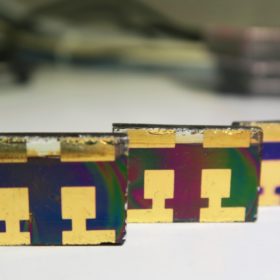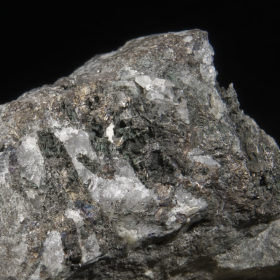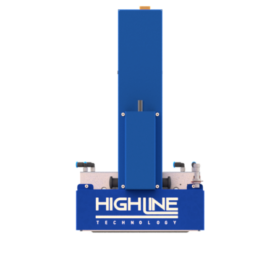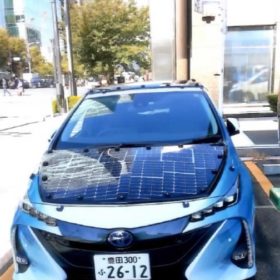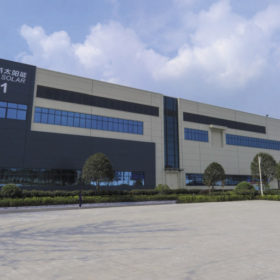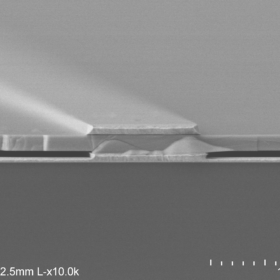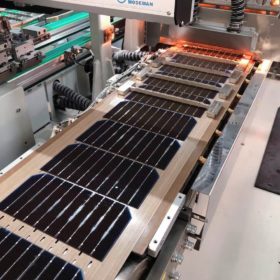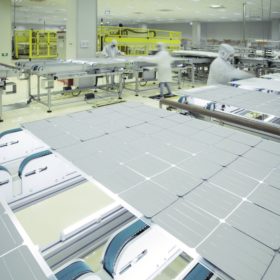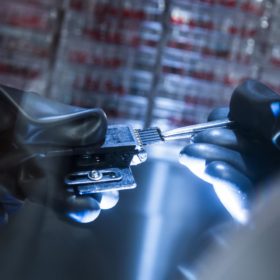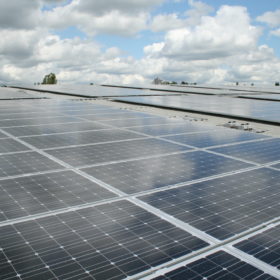Chemical assist for stable perovskite cells at 23% efficiency
Scientists at the École Polytechnique Fédérale de Lausanne have developed a new ‘chemical innovation’, for the deposition of perovskite solar cells onto a substrate. The method is shown to produce cells at better than 23% efficiency, that remained stable after 500 hours testing at a raised temperature.
Kesterite solar cell with 8.66% efficiency and fill factor of 62.63%
Researchers in South Korea have analyzed the effects of alkali doping on the fill factor of kesterite solar cells and have built a device on a flexible metal foil optimized with a sodium fluoride doping layer.
Fraunhofer ISE solar cell manufacturing spin-off could reduce silver content
Highline Technology GmbH has a production process in which metal contacts are applied without touching the front of solar cells, reportedly saving resources and raising efficiency.
III-V solar cells for PV-powered EV applications
According to a new study from Japan, the global installed PV capacity in solar-powered EVs may reach up to 50 GW by 2030. Its authors claim that solar cells with efficiencies higher than 30%, including multijunction III-V cells and III-V cells combined with silicon cells, are the best candidates for applications in the automotive sector due to the limited space of electric car rooftops. However, a series of technical and economic challenges must still be addressed.
Chinese PV Industry Brief: Tongwei and Longi hold wafer and cell prices
Plus, panel maker Risen began construction of a 15 GW cell and module factory in Yiwu, in the central Zhejiang province of eastern China.
Air-bridge thermophotovoltaic cell with 30% efficiency, 99% reflectance
U.S. scientists have developed a thermophovoltaic cell that could be paired with inexpensive thermal storage to provide power on demand. The indium gallium arsenide (InGaAs) TPV cell absorbs most of the in-band radiation to generate electricity, while serving as a nearly perfect mirror.
Half-cut, bifacial, 20.5%-efficient PERC modules from Vietnam
Chinese solar manufacturer Dehui is planning mass production of 12-busbar bifacial panels based on 182mm wafers from next year.
Chinese PV Industry Brief: More ingot and module capacity, China’s largest rooftop project and a possible new listing
A new week has brought another slew of big production capacity announcements as online retailer JD.com prepares to install 200 MW of solar rooftop capacity and project developer SFSY reported on a promising new business stream.
Perovskite solar cell based on metal-organic framework with 22.02% efficiency
Scientists in Hong Kong have developed a cell they say retains more than 90% of its initial efficiency under accelerated testing conditions. The device is based on two-dimensional metal-organic frameworks.
Chinese PV Industry Brief: 1 GW of distributed solar came online in August
More than 1 GW of subsidized small solar arrays were installed in China last month alone and manufacturer Suntech has announced the start of operations at its 500 MW Indonesian cell and module fab.
